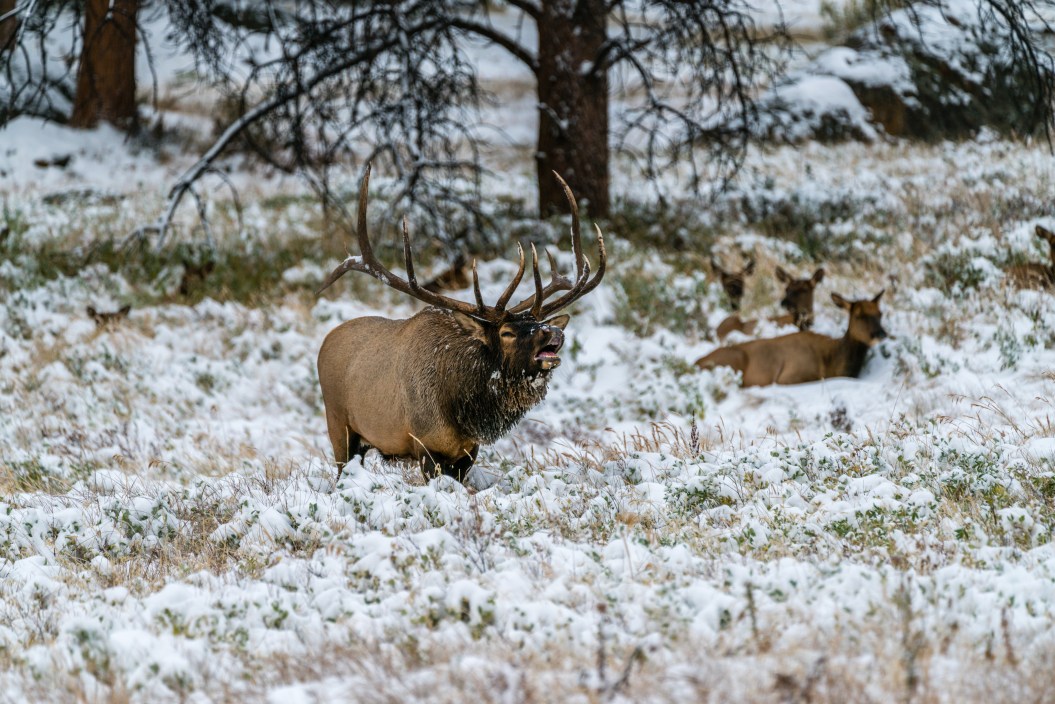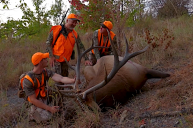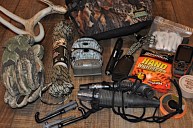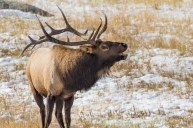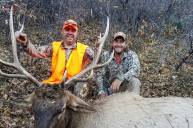When it comes to elk hunting in Colorado, it can be incredibly hit or miss. That's part of the beauty of elk hunting in the Centennial State.
Despite my mere five years of experience toting firearms around Colorado's public lands in search of the state's famous elk, I've been fortunate to have many incredible encounters with this charismatic species, both with a bow and a rifle in hand. When a Colorado elk hunt is good, nothing else can compare. But when it's tough, motivating yourself to keep going can be a challenge.
If you're wondering how to go elk hunting in Colorado, here's my advice for when and where to hunt, getting a Colorado elk tag, and so much more.
How Much Does It Cost to Hunt Elk In Colorado?
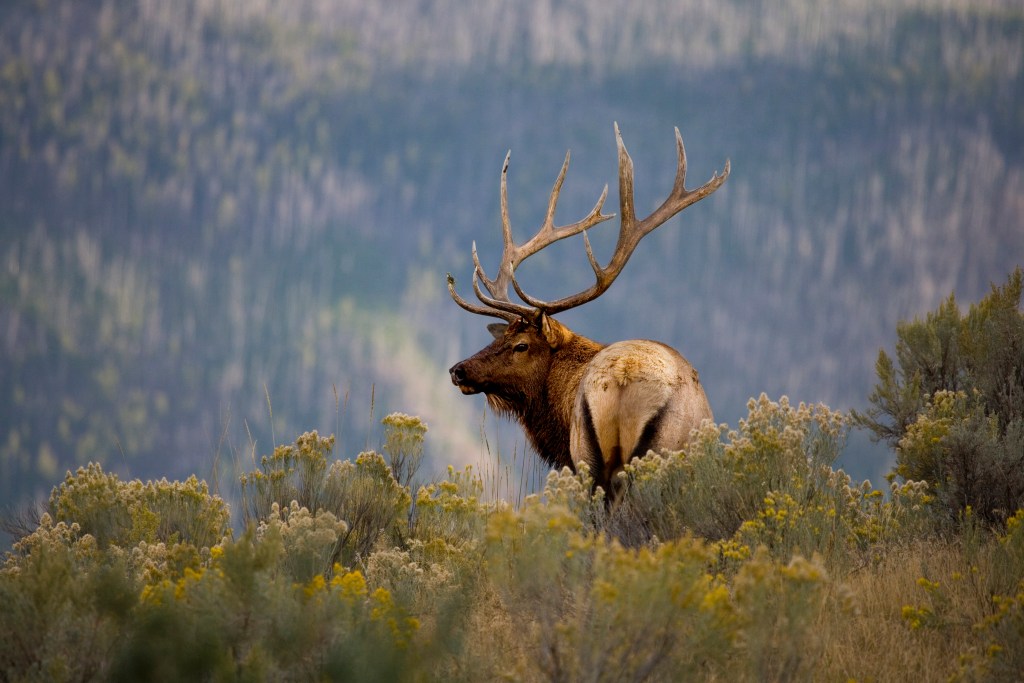
Getty Images, BirdofPrey
Purchasing an elk hunting tag is relatively affordable for Colorado residents and relatively expensive for non-residents. Remember that to buy an elk tag, you must also purchase a qualifying license and a habitat stamp. Here's a breakdown of the price structure for resident and nonresident elk hunting fees, as of October 18, 2023.
- Elk tags - Residents: $62.72 | Non-residents: $761
- Habitat stamp - Residents: $11.50 | Non-residents: $11.50
- Qualifying license - Residents: $24.34 to $56.97 | Non-residents: $93.78 to $174.30
- Application processing fee - Residents: $8 | Non-resident: $10
In total, this runs $106.56 to $139.19 for residents, and $876.27 to $956.79 for non-residents.
Remember that these costs are only for the privilege of getting out on Colorado hunting lands. If you're new to hunting, you'll also need quite a bit of elk hunting gear to actually go elk hunting. Necessary basic gear includes a rifle, rifle scope, binoculars, backpack large enough to fit an elk quarter (or two), hiking boots, warm clothing, hunting knives, game bags, and so on.
How Hard Is It to Get an Elk Tag in Colorado?
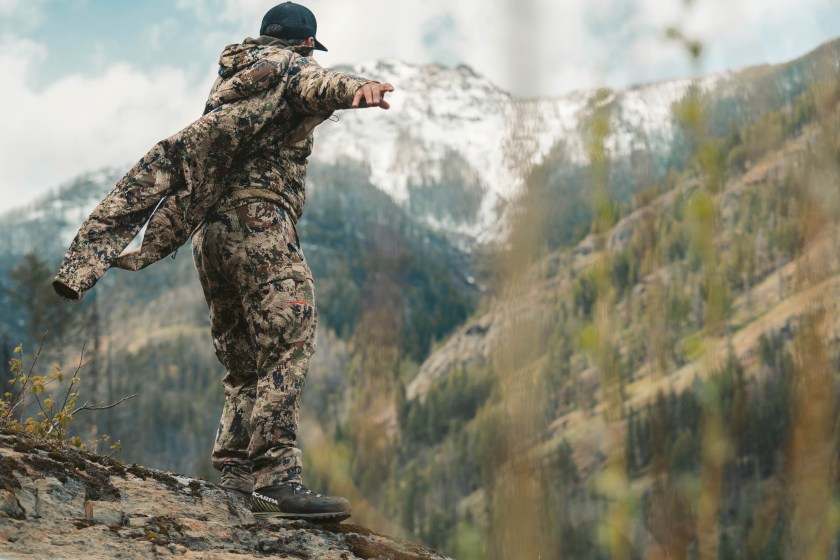
Sitka Gear
Getting an elk tag in Colorado can be both incredibly easy and remarkably difficult, depending on the scenario and your luck. If you're interested in an OTC elk hunt, you can get a tag every year without any difficulty whatsoever. To purchase an OTC elk license, you can do so online, at a hunting retailer, or in person at a CPW office beginning in August each year. However, if you'd prefer to hunt a unit that's part of Colorado's limited draw system, you might need to wait anywhere from three to 30 years to get that coveted elk tag.
The state of Colorado is split up into many Game Management Units (GMUs, or units). Elk hunters can't just hunt elk anywhere; each hunter must hunt in the GMU associated with their elk tag to hunt legally. Each GMU may offer limited-license hunts, OTC hunts, or a mix of both. GMUs that have limited licenses require different amounts of preference points to draw said license. In general, the better the GMU is for elk hunting, the more preference points it will take to draw said unit. For example, drawing an elk tag in GMU 55 takes only one preference point. Alternatively, it might take four or five preference points to draw a tag in GMU 66. On the far end of the spectrum, it takes at least 26 points to draw an elk tag in GMU 201.
How Does Colorado's Hunting Tag Draw System Work?
If you want to draw a limited license, there are three main ways to obtain one in Colorado.
One thing you need to know before we break down Colorado's draw system: Hunt codes are what you type into the CPW website to apply for tags. Elk preference points have their own code (E-P-999-99-P). Hunt codes for actual tags are structured by species, sex, unit, season, and method of take. For example, elk hunt code E-M-039-O1-R translates to elk, male, unit 39, first season, rifle.
Every hunt code available in Colorado can be found in CPW's big game hunting regulations. To apply for and purchase a limited elk license, you must know the hunt code for the tag you want.
The three ways to score a Colorado elk hunting tag are:
Dates: Opens March 1; ends April 4 How It Works: During the primary draw, you can apply for four tags at once—but you can only draw one. CPW considers the first hunt code your first choice, the second code your second choice, etc. I recommend making your list of the top four tags you'd like to draw ahead of time. Then, when it's time to apply, your elk hunt codes are ready to go and already listed out in order of importance to you. Remember: The primary draw is the only time you can get a preference point for the year. If you build up preference points and draw a tag, your preference points return to zero. Your best bet: Dates: Opens June 1; ends June 30 How It Works: The secondary draw is made up of all the draw tags that didn't get allocated during the primary draw as well as tags that got returned to CPW by the hunters who drew them. Drawing a tag during the secondary draw does not use preference points. You can still apply for four tags during the secondary draw, and CPW uses the same first-through-fourth-choice system; refer back to Primary Draw above for details on strategy. Dates: August 8 How It Works: The leftover list is where all the unallocated tags land after the secondary draw is over. Anyone can pick up a draw tag on the leftover list. The leftover list does not use preference points.
What Are the Best Places to Hunt Elk in Colorado?
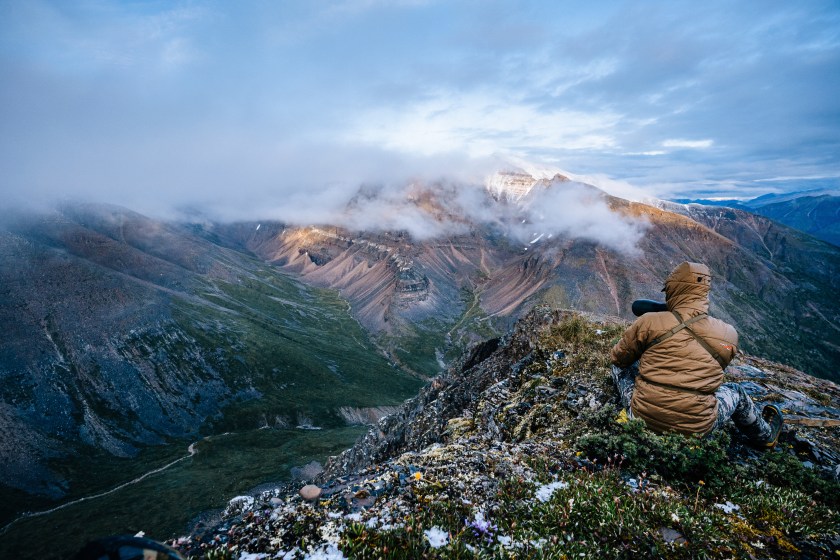
Sitka Gear
The best place to hunt elk in Colorado is the mountains in the western half of the state. While elk live in eastern Colorado, the vast majority of the Great Plains land on that side of the state is private land. If you're interested in elk hunting out east, you'll likely need to draw a tag and get private landowner permission or purchase a guided hunt to hunt that area successfully.
Additionally, western Colorado has a more robust elk population, more public land, and lower instances of chronic wasting disease than eastern Colorado. Vast Bureau of Land Management, National Forest, and Wilderness areas are found out west. Unsurprisingly, then, the vast majority of OTC units are located in western Colorado.
Once you've narrowed the general hunting area you want to target, examine the topography, including specific mountain ranges. Consider their elevations, slope directionalities, food and water availability, and access. You want to look for warm, sunny southeastern-facing slopes intertwined with dark timber strips near reliable backcountry water sources. Find areas like these away from roads that you can get to within a day's hike; that's a sure sign that you'll get into some elk country this hunting season.
Remember, elk avoid roads, developed areas, and pretty much all things related to humans unless you're hanging out in Estes Park. They're quite secretive and elusive, especially when compared to mule deer. In high-pressure areas, elk may stop bugling, split up into small groups instead of coexisting as one big herd, or only be active only at night, increasing the difficulty of your hunt. Just be patient, stick with it, and you'll be rewarded.
Where Can I Find Colorado's Elk-Hunting Regulations?
Colorado Parks and Wildlife does an incredible job of making the big game regulations easy to read and digest. Each year, they publish a new Big Game Regulation Brochure that's available both online and as a paper copy. You can pick up a brochure at nearly any hunting retailer, CPW office, or Walmart.
CPW's big game regs outline everything you need to know about hunting elk in Colorado. Inside, you can find the season dates and structures, learn about the draw system, find hunt codes for every big game hunt available in Colorado, read about tag pricing, learn how to identify an elk, and more. You can also find firearms and other safety-based regulations there.
I highly recommend reading the section on applying for tags during the primary draw. You'll learn how to dissect what the heck hunt codes mean and eliminate any confusion you might have about the (not very simple) draw system.
If you have specific questions, calling the CPW office nearest to the area you plan to hunt is a great idea. Their officers and biologists can educate you about the elk population in that area, point you in the right direction, and address your questions with expert opinions.
How Can I Find a Colorado Elk-Hunting Guide?
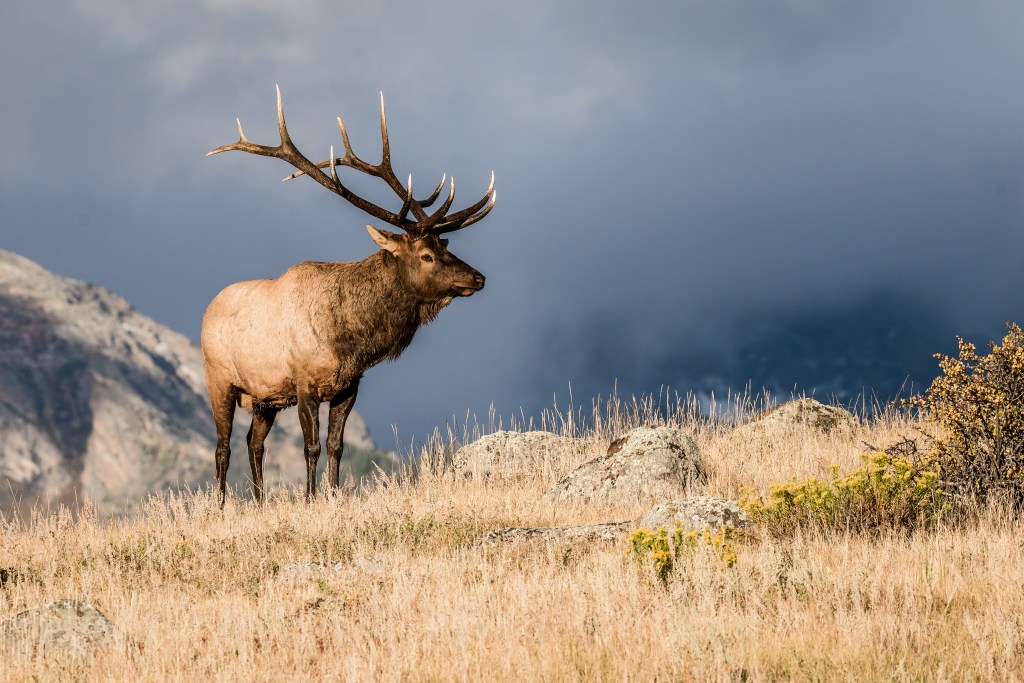
Getty Images, Matt Dirksen
If you'd rather not go the DIY route during your Colorado hunting adventure, I highly recommend hiring a guide. Outfitters and the guides they employ will seriously cut down on the difficulty of your elk hunt and improve your success rate. They already know where the elk herds live and the best places to get a shot during elk season. They'll also quarter and pack out your elk for you and provide hot food and a warm place to sleep at night, too.
Dark Timber Outfitters, for example, offers guided elk hunts in units 61 and 62 for about $6,000. Adam and Anastacia Gall run the outfit together; they're not only exceptional professional guides and butchers but also incredibly kind and humble people. Their hunt packages cover five full days of hunting, accommodations at Dark Timber Lodge including home-cooked meals, hot showers, and warm beds, as well as assistance with meat care, taking you to the taxidermist, and even picking you up at the airport. Outfitters like them go above and beyond to ensure you have the best experience possible.
Another, more specialized option to consider is Uncharted Outdoorswomen. This women's-only outfitter offers guided elk hunts in units 54, 55, 551, 65, 66, and 67. Their hunts differ in that they're educational experiences intended to empower women in the outdoors and teach women how to elk hunt on their own. In addition to providing a safe environment for women to learn in, they also have canvas tents, pack-out services, and home-cooked meals available.
No matter what kinds of services you're looking for, an elk hunting outfitter out there will meet all your hunting needs and more.
What to Bring Elk Hunting
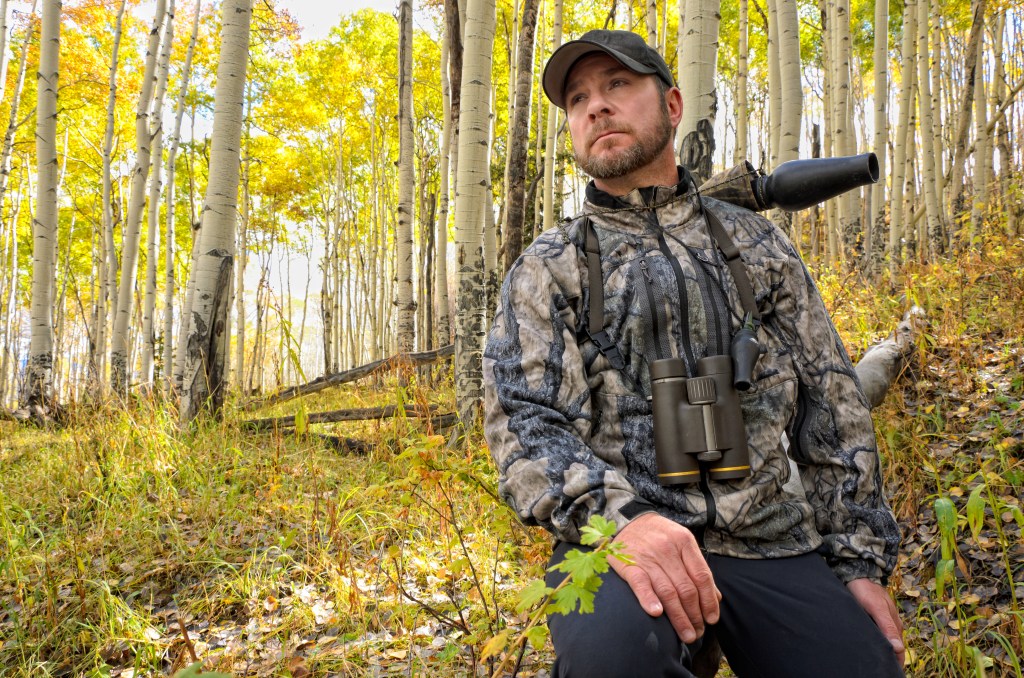
Getty Images, Adventure_Photo
For fall elk hunting, this packing list is a good start:
- Quality hiking boots, preferably water-resistant or waterproof ones
- Rain gear to stay dry in rain or snow
- Binoculars or spotting scope for glassing elk
- Extra ammo or arrows
- Hunting license and proof of hunter education
- Quality flashlight or headlamp (preferably both)
- Backcountry backpack that can hold a 75-pound elk quarter or two
- Canteen, bottles, or bladder system for storing water
- Extra pants, shirts, socks, and spare shoes
- Thermal wear, preferably wool
- GPS unit/spot locator in case you get lost
- Camera (your cell phone will work, too)
- Blaze orange or pink if hunting a rifle or muzzleloader season (note: Colorado does not count orange or pink camo patterns as meeting legal requirements for safety colors)
- Two sharp knives or a knife with replaceable knife blades
- Gloves
- Warm hat
- Game bags
- Snacks
- Your elk tag
How to Prepare for an Elk Hunt
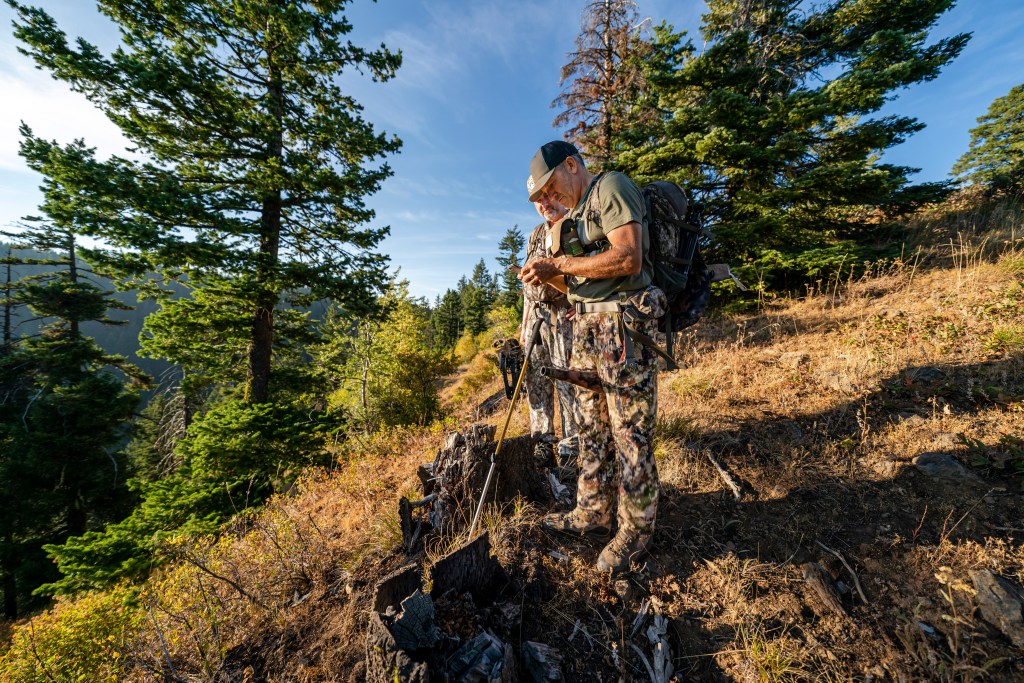
Getty Images, Fly View Productions
Hunting elk is a physically demanding endeavor. Colorado's elk live in steep, rocky places deep in the backcountry, 5,000 to 14,000 feet above sea level. If you live in the Rocky Mountains, you won't have to spend time acclimating to the elevation, but you should still hike around with a weighted pack before your season begins. If you're coming from below 5,000 feet, plan ahead and spend a day or two at elevation before your hunt begins. No one wants to bail out early because of altitude sickness.
In addition to getting physically fit, prepare for your elk hunt by:
- Sighting in and shooting your hunting rifle and ammunition
- Gathering the gear you need to go elk hunting
- E-scouting your hunting unit online
- Scouting your hunting unit in person (when possible)
If you're adequately prepared physically, mentally, and gear-wise for your Colorado elk hunt, you're bound to earn unforgettable memories regardless of whether you fill your tag or not. When it comes to elk hunting, it's not just about shooting a big bull elk with giant antlers; it's about spending time in the woods, learning about a different species, knowing where your food comes from, and creating lasting memories and experiences with the people you hunt with. Hopefully, this Colorado elk-hunting primer helps you do just that.
